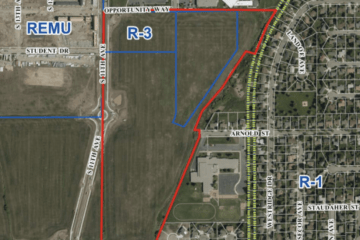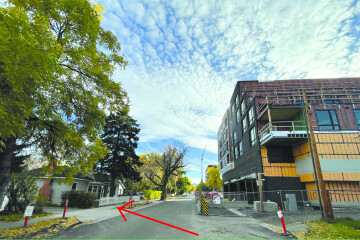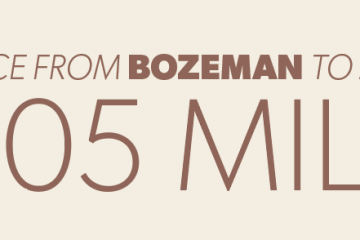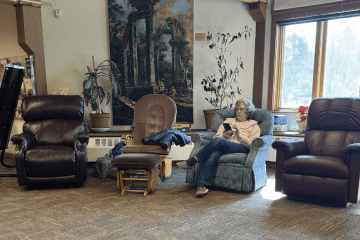What's Your Beef? Is This How We Honor Our Historic Districts?
Directly across the street from a new luxury development is a quaint home of red brick, first constructed in 1890 by a member of Bozeman’s historic African American community. Architect and stonemason George Harrison was born in New York State before the Civil War and arrived in Bozeman in the 1870’s. Over the next 20 years he constructed several homes on the north side of town for residents of a growing Black community. He developed a recognizable style—unfortunately, this is believed to be the last of his works still standing. 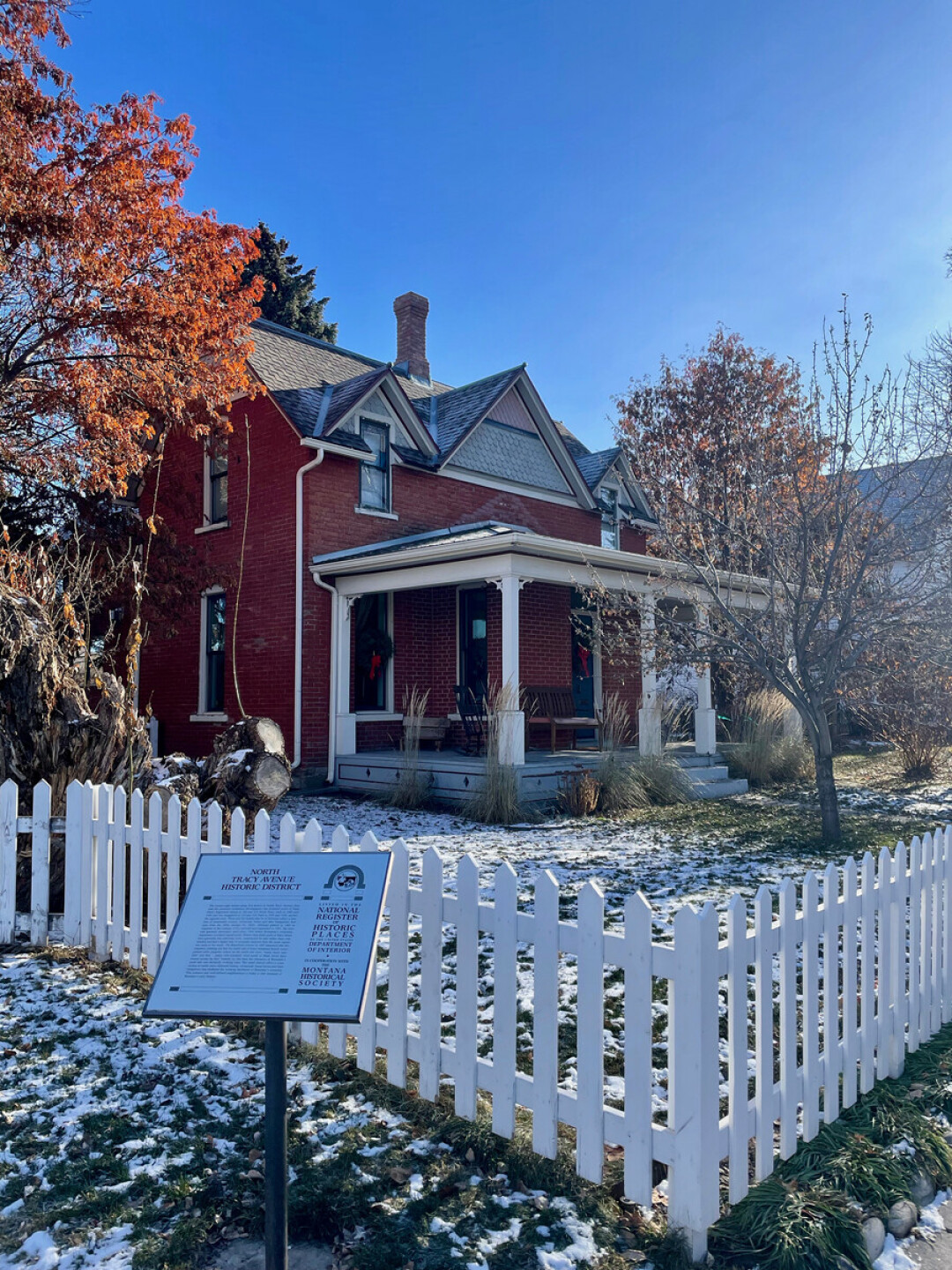
In a recent architectural and engineering report compiled for the State’s Historic Preservation Office, the surveyor remarked, “Nearby modern construction has the potential to impact integrity of setting within the historic district.” The reason for this concern was that, directly across the street from the North Tracy Historic District and this nationally listed historic property is zone B-3. Bozeman’s current development code states; “The downtown B-3 district should be the area of greatest density of development, intensity of use, and appropriate infill.” Unfortunately, Bozeman’s current development code doesn’t require any transition measures be taken when a street separates two different zones.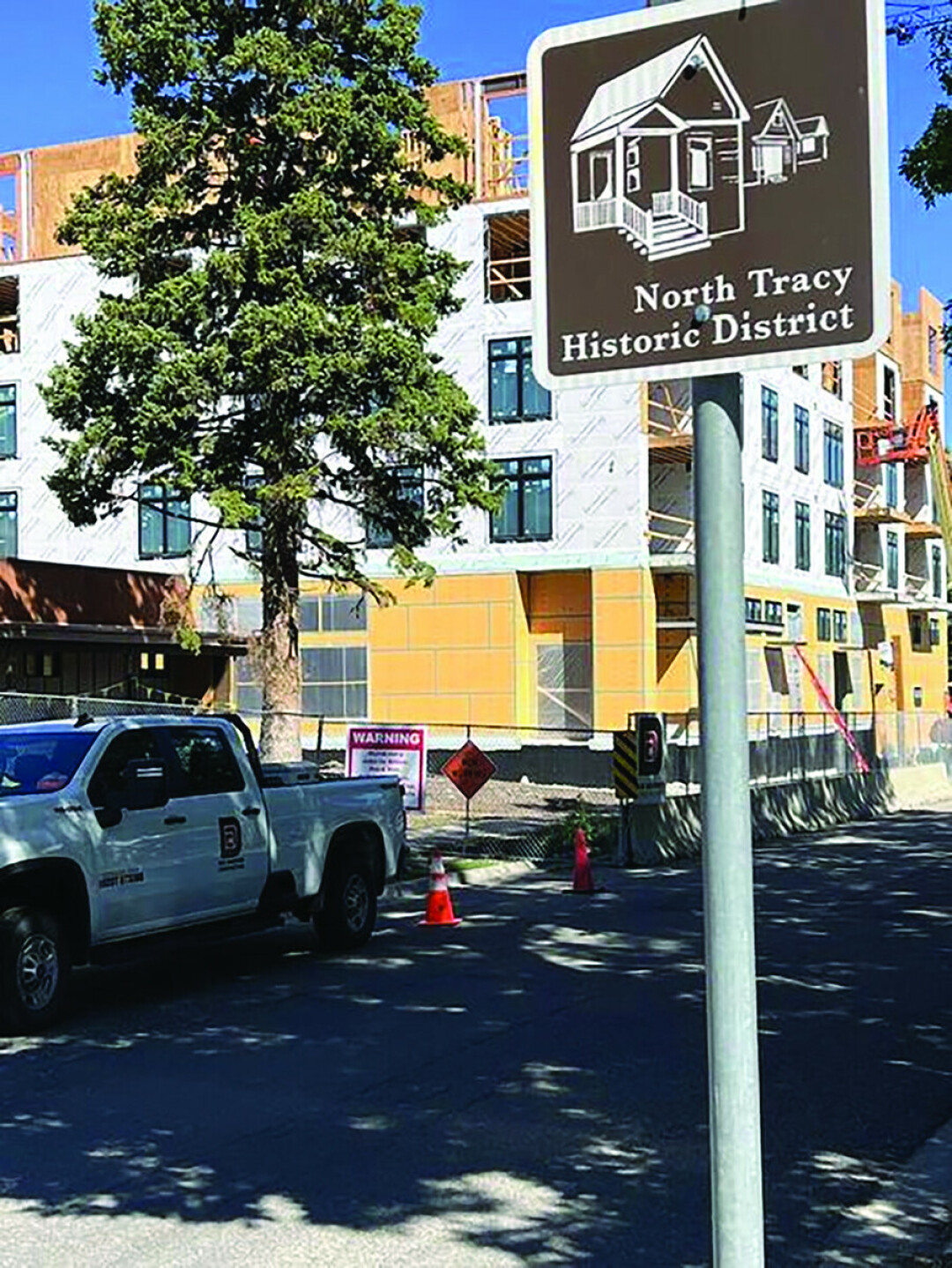
In the 2019 Final NCOD Policy Direction report issued by Bendon Adams LLC, the consultants suggested creating a B-3 transitional area “between Babcock and the existing B-3 boundary to the south, and Mendenhall and the existing B-3 boundary to the north,” with design standards that would maintain the character of the area. This suggestion was a great solution to address both residents’ concerns over the type of development they would see in these areas, and the existing code stating that “design standards reinforcing the area’s historical pedestrian-oriented context are very important” in the B-3 zone.
It’s such a shame that Bozeman didn’t adopt design standards for a B-3 transitional area at that time, because what it has led to is inappropriate, jarring, and hostile development compromising existing historic districts.
Until recently, Bozeman hadn’t seen this type of development, so it was easy to underestimate the damage it could do to surrounding neighborhoods and historic districts. Now, we find ourselves repeating the same mistakes other rapidly growing cities and towns have made, where growth was outpacing the ability to protect the things that made them unique and desirable in the first place. 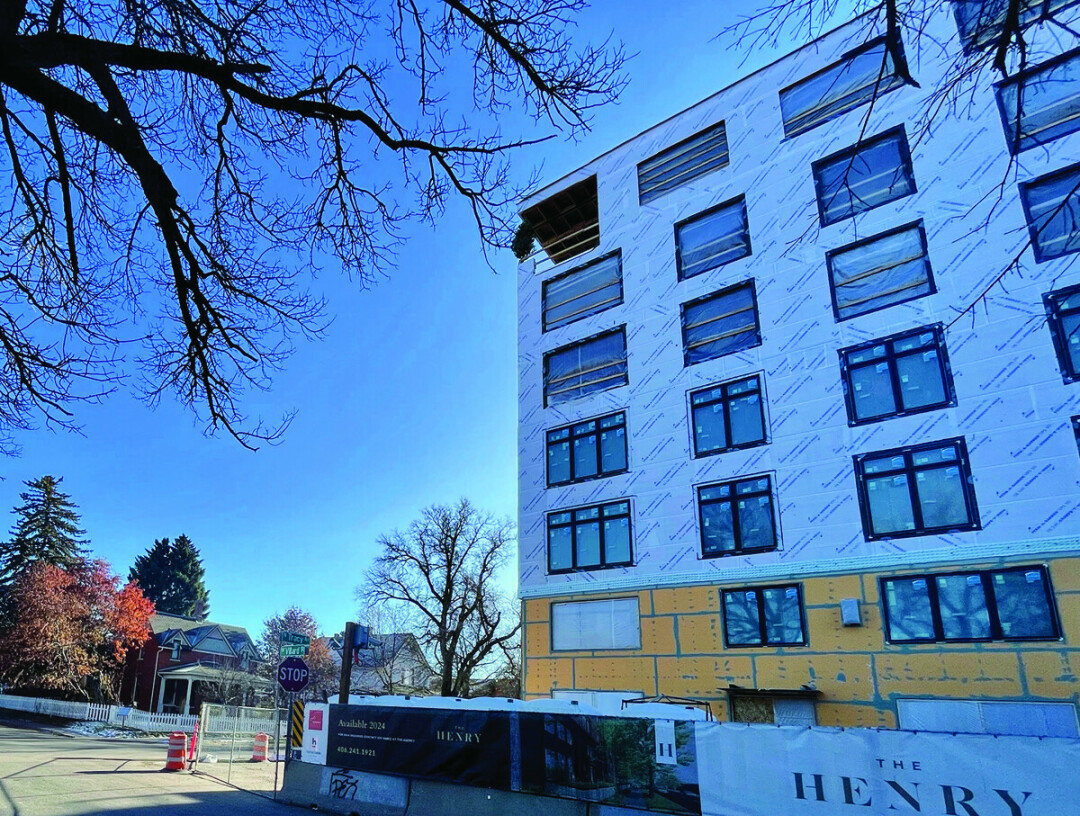
But it doesn’t have to be this way! Yes, it’s too late for George Harrison’s home, but design standards can still be adopted to require upper stories to step back, making a tall building appear less imposing from ground level. Have you ever noticed that The Armory doesn’t appear to be as tall as it actually is? When you’re on the rooftop, you realize you’re on the tallest building downtown. Let me tell you, it was a very strange moment for someone born and raised here to look down on the Baxter hotel! But, from street level, the building is more pedestrian-friendly because the upper stories are set back, allowing us to interact with the more human-scale façade and its unique art deco design features.
Design guidelines requiring new development to defer to existing neighborhoods and historic districts are absolutely possible, and are adopted in many cities across the country. As we update our Unified Development Code, let’s push for zone edge transitions and design standards that protect what gives Bozeman its sense of place.
Page 97 of the 2020 Bozeman Community Plan shows resident responses to the question, “What would you like to IMPROVE about Bozeman in the future?” Historic Preservation made the top 10. Clearly, we’re not doing enough right now. The report goes on to state, “In 2040, Stakeholders imagined Bozeman to be a well-preserved city that has maintained its sense of place.”
History has a huge impact on sense of place. Architecture is our tangible link to much of that past. If you’re a relatively recent resident of Bozeman (according to the U.S. census bureau, 43% of our population has moved here since 2010), I suggest spending some time investigating the history of this place through the stories of the diverse communities who’ve called this place home over time, and the built environment they’ve left us. Yes, I know the burning desire to uncover that lesser known trailhead, secret fishing spot, or backcountry ski access is what makes you feel stoked about your new home. But if you check out the Extreme History Project, located in a former brothel in Bozeman’s once red light district, or the Gallatin History Museum, located in our old jail, or the Museum of the Rockies, which celebrates “one place through all of time” including natural history and the rich cultural heritage of the First Nations people who called this place home, you just might find yourself enjoying this place on a deeper level.
What draws people to Bozeman can’t be just the outdoor amenities. Don’t get me wrong—they are great—but there are actually dozens and dozens of mountain towns in the west that offer easy access to these types of recreation. The 2020 Community Plan also says the number one response to the question, “What do you LOVE most about Bozeman?” was the “small town feel.” Let’s do what we can to keep it that way, by honoring our past.

